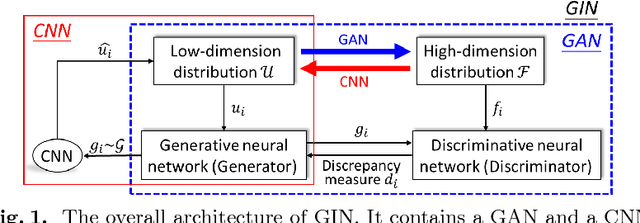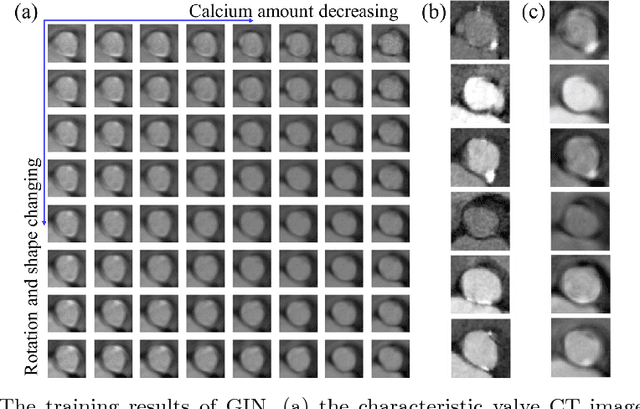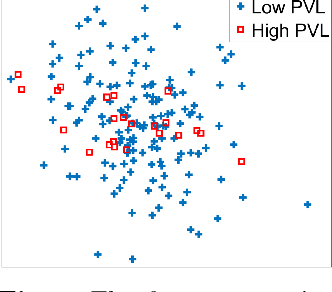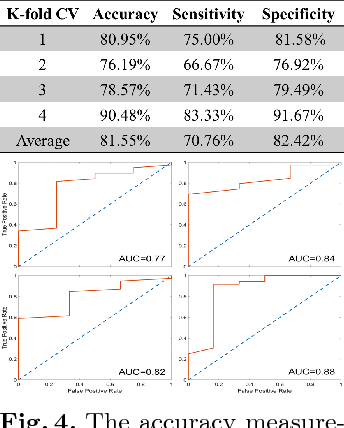Generative Invertible Networks (GIN): Pathophysiology-Interpretable Feature Mapping and Virtual Patient Generation
Paper and Code
Aug 14, 2018



Machine learning methods play increasingly important roles in pre-procedural planning for complex surgeries and interventions. Very often, however, researchers find the historical records of emerging surgical techniques, such as the transcatheter aortic valve replacement (TAVR), are highly scarce in quantity. In this paper, we address this challenge by proposing novel generative invertible networks (GIN) to select features and generate high-quality virtual patients that may potentially serve as an additional data source for machine learning. Combining a convolutional neural network (CNN) and generative adversarial networks (GAN), GIN discovers the pathophysiologic meaning of the feature space. Moreover, a test of predicting the surgical outcome directly using the selected features results in a high accuracy of 81.55%, which suggests little pathophysiologic information has been lost while conducting the feature selection. This demonstrates GIN can generate virtual patients not only visually authentic but also pathophysiologically interpretable.
 Add to Chrome
Add to Chrome Add to Firefox
Add to Firefox Add to Edge
Add to Edge